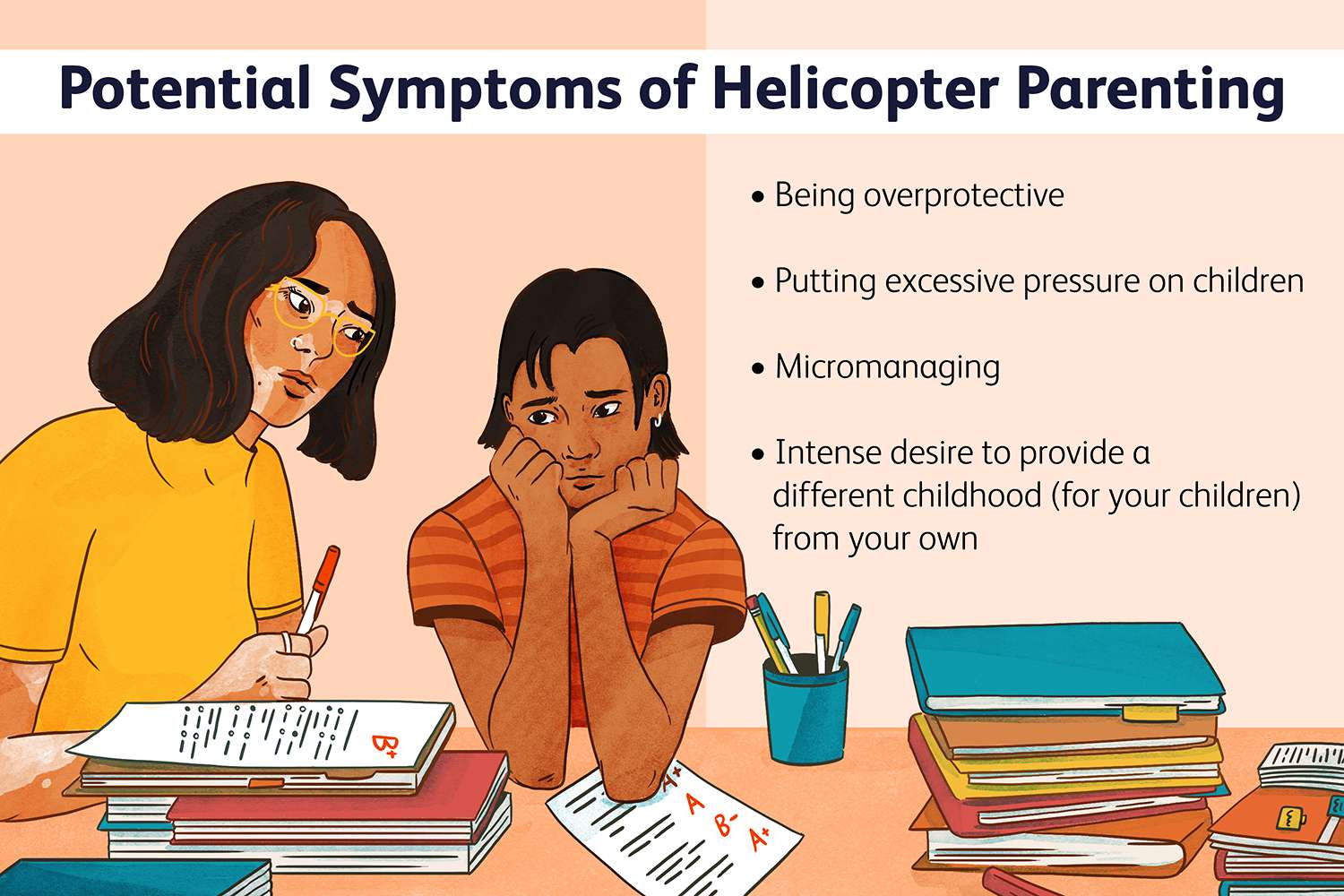Having a website with an attractive and intuitive design can have tremendous advantages for businesses. It can be an effective marketing tool, create customer loyalty, and inspire brand recognition; however, many businesses overlook the importance of website Design for SEO purposes. SEO, or search engine optimization, is the process of optimizing a website to make it easier for search engines and users to find, understand, and navigate. With the right website design and SEO strategy in place, businesses can increase their visibility and have a better chance of ranking higher in search engine results. In this blog post, we’ll explore the connection between website design and SEO and discuss how businesses can use both of these elements to their advantage. With the right combination of design and SEO, businesses can increase their online presence and attract potential customers.
- User Experience and Navigation
Good website design and effective search engine optimization (SEO) go hand-in-hand. One of the most important aspects of website design that can have an impact on SEO is user experience and navigation. When users arrive at the website, they should be able to easily find what they are looking for, and be able to navigate the site with ease. If the website is difficult to navigate, users will be less likely to stay on the site, resulting in a higher bounce rate and fewer conversions. A website should be designed with the user in mind, and should include clear menus, search bars, and call-to-action buttons. By optimizing the user experience and navigation, businesses can ensure that their website is search engine-friendly, and that potential customers can find the products and services they need.
- Site Speed and Performance
Site speed and performance is important for website design and SEO because it affects how quickly search engine bots can index and crawl your website. It also affects how quickly a user can access your website and how satisfied they are with their experience. A website that is slow to load can impact bounce rate and time on site, both of which can negatively impact SEO. Additionally, slow site speed can affect mobile rankings, as sites that are not optimized for mobile can be penalized by search engines. Optimizing your website for speed and performance is therefore essential for successful SEO.
- Internal Linking
Internal linking is another important aspect of website design that can have a huge impact on your SEO. Internal links are used to link one page of your website to another. Not only does internal linking make it easier for users to navigate your website and find the information they are looking for, but it also boosts your SEO by telling Google what pages are related, which helps it determine the relevance of each page for a search query. Internal links also help build page authority, as all the pages that link to a particular page pass on some of their authority to that page, making it more likely to rank higher in the SERPs.
- Mobile-Friendliness
Mobile-friendliness has become an essential part of website design for SEO. As mobile usage continues to grow, so too do the number of users accessing websites via their mobile device. It’s important to ensure that your website is designed to be mobile-friendly, as this can help boost your website’s search engine ranking. A user-friendly mobile experience is key when it comes to successful SEO, as search engines prioritize sites that are easily accessible from mobile devices. Optimizing your website for a mobile-friendly experience can include designing for a responsive layout, reducing page loading speeds, and optimizing for a mobile-first index.
- Image Optimization
Image optimization is an important part of website design and SEO. Search engines cannot recognize the content of images, so optimizing
images for SEO is an important part of making sure your website is optimized for search engine visibility. Image optimization includes reducing image file size, reducing image resolution, and compressing images. Additionally, it is important to include title tags, alt tags, and image captions to further optimize images for search engine visibility. By optimizing images for SEO, you can ensure that your website will rank higher in search engine results.
In conclusion, website design and SEO are two key components of any successful online business. Design is essential for engaging users, while SEO helps ensure that a website can be found easily by potential customers. By ensuring that a website is both visually appealing and optimized for search engine queries, businesses can ensure that they attract and retain customers. With the right combination of website design and SEO, businesses can create a powerful online presence that will bring in customers and revenue.











